Looking to streamline your kitting process? Our comprehensive kitting guide covers everything you need to know, from selecting the right components to organizing your workspace.
When it comes to efficient and effective manufacturing processes, kitting has become an essential component. This guide aims to provide a comprehensive breakdown of what kitting is, its benefits, and a step-by-step guide to implementing it into your manufacturing operations.
What is Kitting?
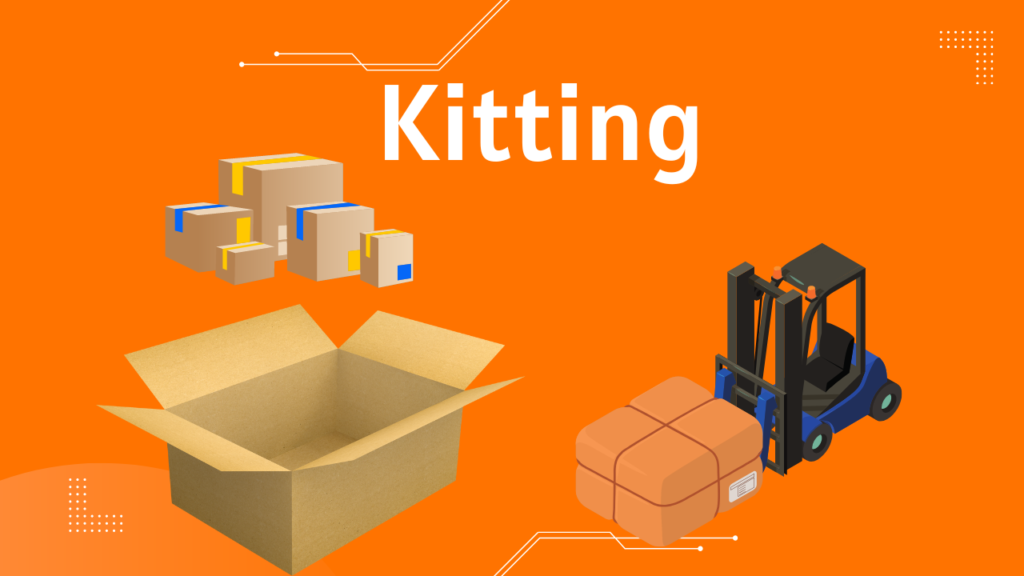
Kitting, in the context of manufacturing, refers to the process of assembling a set of related components or materials into a package or “kit.”
The idea behind kitting is to streamline the manufacturing process by pre-packaging all of the parts needed for a particular stage of production. This can save time and increase efficiency, as workers don’t need to waste time sourcing individual pieces as needed. Instead, everything they need is conveniently packaged together in one place.
There are many benefits to using kitting in a manufacturing setting. For one, it can help reduce errors and improve quality control. When all of the necessary parts are packaged together, it’s easier to ensure that nothing is missing or misplaced. This can help prevent mistakes and ensure that the final product meets the necessary specifications.
Another benefit of kitting is that it can help reduce waste. By having all of the necessary parts in one place, workers are less likely to accidentally order duplicates or use the wrong components. This can help reduce the amount of scrap material generated during the manufacturing process, which is good for both the environment and the bottom line.
Finally, kitting can help improve overall productivity. By having all of the necessary parts readily available, workers can spend less time searching for components and more time actually assembling the final product. This can help increase output and reduce lead times, which is critical in today’s fast-paced manufacturing environment.
What is the Difference Between Kitting and Assembly?
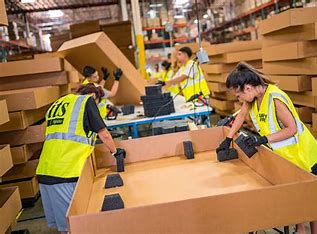
When it comes to manufacturing, there are a lot of terms and processes that can be confusing. Two terms that are often used interchangeably are kitting and assembly. While they may seem similar, there are some key differences that are important to understand.
What is Kitting?
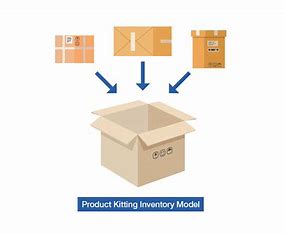
Kitting is the process of gathering and organizing all of the materials and components needed for a particular stage of manufacturing. This can include everything from raw materials to finished components. The goal of kitting is to make the assembly process more efficient by ensuring that all of the necessary materials are in one place and ready to go.
For example, let’s say that you are manufacturing a bicycle. The kitting process might involve gathering all of the necessary parts and components for the handlebars, including the grips, brake levers, and cables. These parts would be organized and packaged together so that they are easy to access during the assembly process.
What is Assembly?
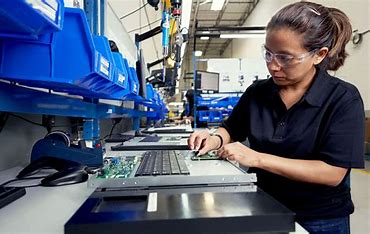
Assembly is the process of putting all of the materials and components together to create the final product. This can involve a wide range of tasks, from welding and soldering to screwing and gluing. The goal of assembly is to turn the individual parts and components into a finished product that is ready to be shipped to customers.
Using the bicycle example again, the assembly process might involve attaching the handlebars to the frame, installing the brakes, and attaching the wheels. Once all of the components have been assembled, the bicycle is ready to be tested and packaged for shipping.
Why are Kitting and Assembly Important?
Both kitting and assembly are critical components of the manufacturing process. Kitting helps to ensure that all of the necessary materials are in one place and ready to go, which can save time and reduce errors during the assembly process. Assembly, on the other hand, is what turns all of those individual parts and components into a finished product that can be sold to customers.
By understanding the differences between kitting and assembly, manufacturers can better optimize their processes and ensure that they are delivering high-quality products to their customers.
Also checkout the importance’s of the Pick, Pack, and Ship?
What is the Difference Between Kitting and Bundling?

When it comes to logistics and manufacturing, it’s important to understand the difference between kitting and bundling. While these terms are often used interchangeably, they actually refer to two distinct processes that serve different purposes.
Bundling

Bundling typically involves grouping multiple items together into a package for shipping or sales purposes. This can be seen in many industries, such as the fashion industry, where clothing items are often sold in bundles or “outfits”. Bundling can also be used in shipping, where multiple items are packaged together to save on shipping costs or to make the process more efficient.
While bundling can be a great way to increase sales or reduce shipping costs, it doesn’t necessarily involve any customization or personalization of the products being bundled. Bundling is often used for products that are already finished and ready for sale or shipment, and the items in the bundle are typically predetermined.
Kitting

Kitting, on the other hand, involves grouping together the specific parts or materials needed for a particular stage of the manufacturing process. This can include anything from electronic components for a circuit board to the various materials needed to assemble a piece of furniture.
Kitting is often used in manufacturing to improve efficiency and reduce waste. By grouping together the exact materials needed for a particular stage of the process, manufacturers can reduce the amount of time and resources required to complete the task. Kitting can also help to ensure that the correct materials are used for each stage of the process, reducing the risk of errors or defects.
Another benefit of kitting is that it allows for greater customization and personalization of the manufacturing process. By grouping together the specific parts or materials needed for a particular stage of the process, manufacturers can easily customize the process for each individual product or order.
Conclusion
While kitting and bundling are often used interchangeably, it’s important to understand the differences between these two processes. Bundling involves grouping multiple items together for sales or shipping purposes, while kitting involves grouping together the specific parts or materials needed for a particular stage of the manufacturing process. By understanding these differences, manufacturers and logistics professionals can make more informed decisions about which process to use in different situations.
Why is Kitting Important?
Kitting is important for a number of reasons, most notably for its ability to streamline the manufacturing process and improve efficiency. By pre-packaging and organizing the necessary materials for a particular job, workers can spend less time searching for individual parts or waiting for them to arrive, and more time actually assembling the product. This can lead to faster production times, higher quality goods, and ultimately, a more profitable business.
Benefits of Kitting
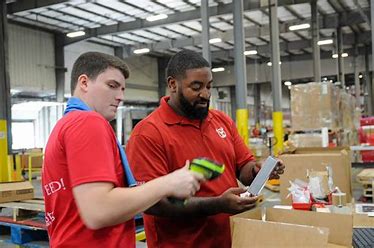
The benefits of kitting are numerous and can have a significant impact on the efficiency and effectiveness of your manufacturing process. Here are some of the key benefits:
- Increased manufacturing efficiency: Kitting helps to streamline the manufacturing process by grouping together all the necessary components and materials needed for a particular job. This means that workers can quickly and easily access everything they need, without having to waste time searching for individual parts. This can lead to significant time savings and increased productivity.
- Improved supply chain management: Kitting can also help to improve supply chain management by reducing the number of suppliers needed. By consolidating all the necessary components into a single kit, you can simplify your ordering process and reduce the number of purchase orders you need to manage. This can help to reduce costs and improve supply chain efficiency.
- Reduced waste and scrap: Kitting can help to reduce waste and scrap by ensuring that workers only use the materials they need for a particular job. By reducing the amount of excess material that is produced, you can help to minimize waste and save money on raw materials.
- Enhanced product quality: By ensuring that workers have all the necessary components and materials they need for a particular job, kitting can help to improve product quality. This is because workers are less likely to make mistakes or overlook important parts when they have everything they need right in front of them.
- Higher worker productivity and morale: Kitting can also have a positive impact on worker productivity and morale. By streamlining the manufacturing process and reducing the amount of time workers spend searching for parts, you can help to reduce stress and frustration in the workplace. This can lead to higher levels of job satisfaction and improved morale.
Overall, kitting can be an incredibly effective tool for improving the efficiency, productivity, and quality of your manufacturing process. By grouping together all the necessary components and materials for a particular job, you can help to streamline the manufacturing process, reduce waste and scrap, and improve worker productivity and morale. So if you’re looking for ways to improve your manufacturing process, kitting is definitely worth considering.
Essential Tools for Kitting
Effective kitting requires a few key tools and resources, including:
- Inventory management software
- Barcode scanners
- Good labeling system
- Bins, racks, and other storage solutions
Step-by-Step Kitting Process
The kitting process can be broken down into the following steps:
- Identify the specific parts or materials needed and determine required quantities.
- Organize the parts into a logical grouping.
- Create a detailed kit list or bill of materials.
- Physically package the parts together.
- Apply clear labels to each kit, ensuring all necessary information is included.
- Store each kit in a designated location and record its placement in inventory management software.
Common Kitting Mistakes to Avoid
While kitting is a straightforward process, there are a few common mistakes to avoid, such as:
- Failing to update inventory records accurately
- Not having a clear labeling system in place
- Over or under-estimating the quantity of materials needed for a kit
- Not utilizing inventory management software to track kit components
- Mixing incompatible components within a kit
The Different Types of Kitting
There are several types of kitting, including:
- Batch kitting – grouping materials together in specific quantities for a particular batch of items
- Process kitting – grouping materials together to streamline a specific manufacturing process
- Product kitting – preparing all the specified components for a finished product
- Custom kitting – putting together a unique kit of parts for a specific customer order
How to Manage the Kitting Process
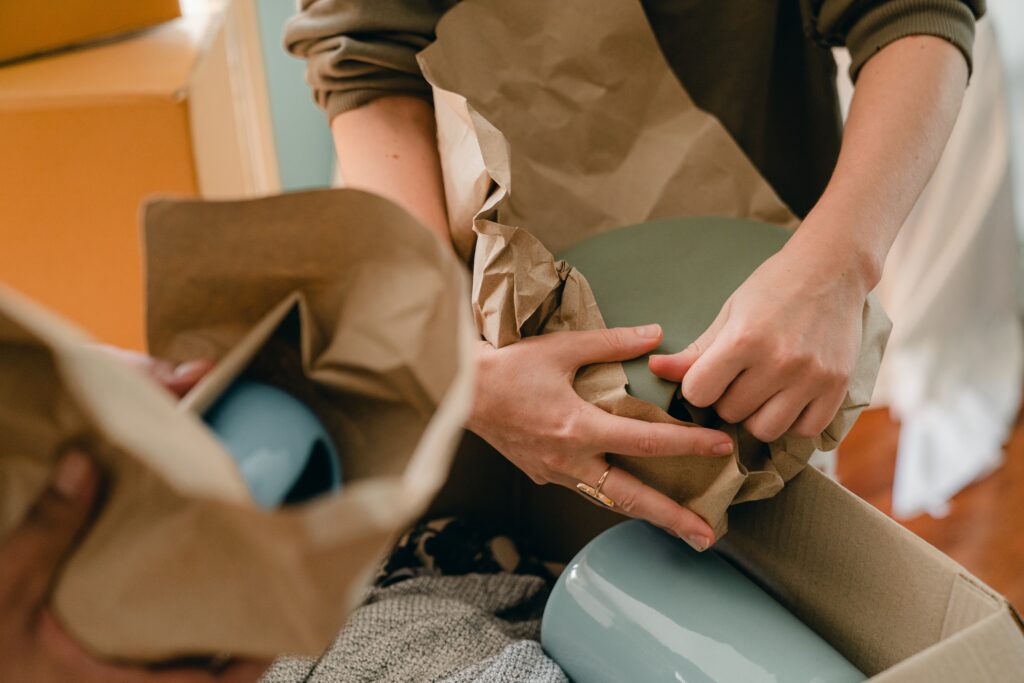
Effective kitting requires ongoing management and monitoring to ensure that the system runs smoothly. This involves:
- Regularly reviewing inventory levels
- Maintaining clear labeling and storage systems
- Updating inventory records accurately and in a timely manner
- Periodically reviewing the kitting process to identify areas for improvement
- Training new employees on the kitting process
Implementing kitting into your manufacturing process can have significant benefits for your business, producing a more efficient process, and higher quality goods. By following these guidelines and avoiding common mistakes, you can create a streamlined, efficient kitting process that can help take your manufacturing operation to the next level.
